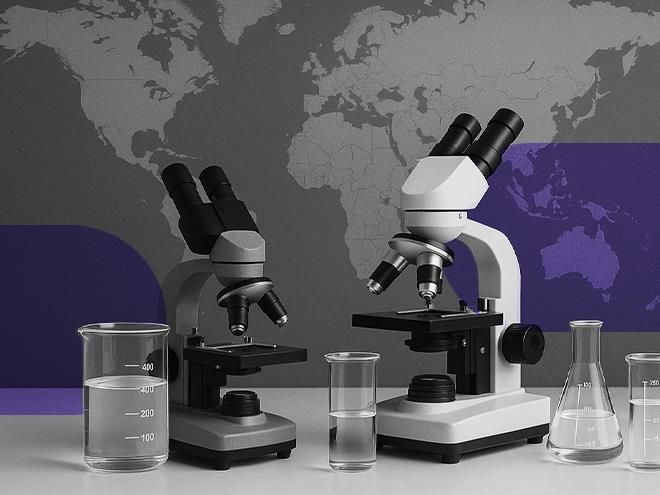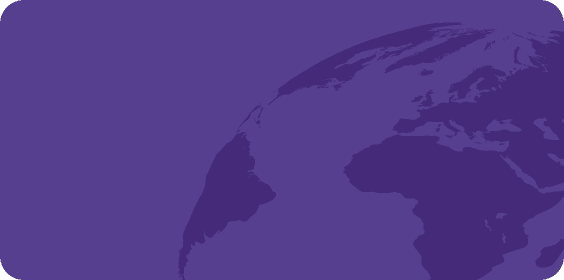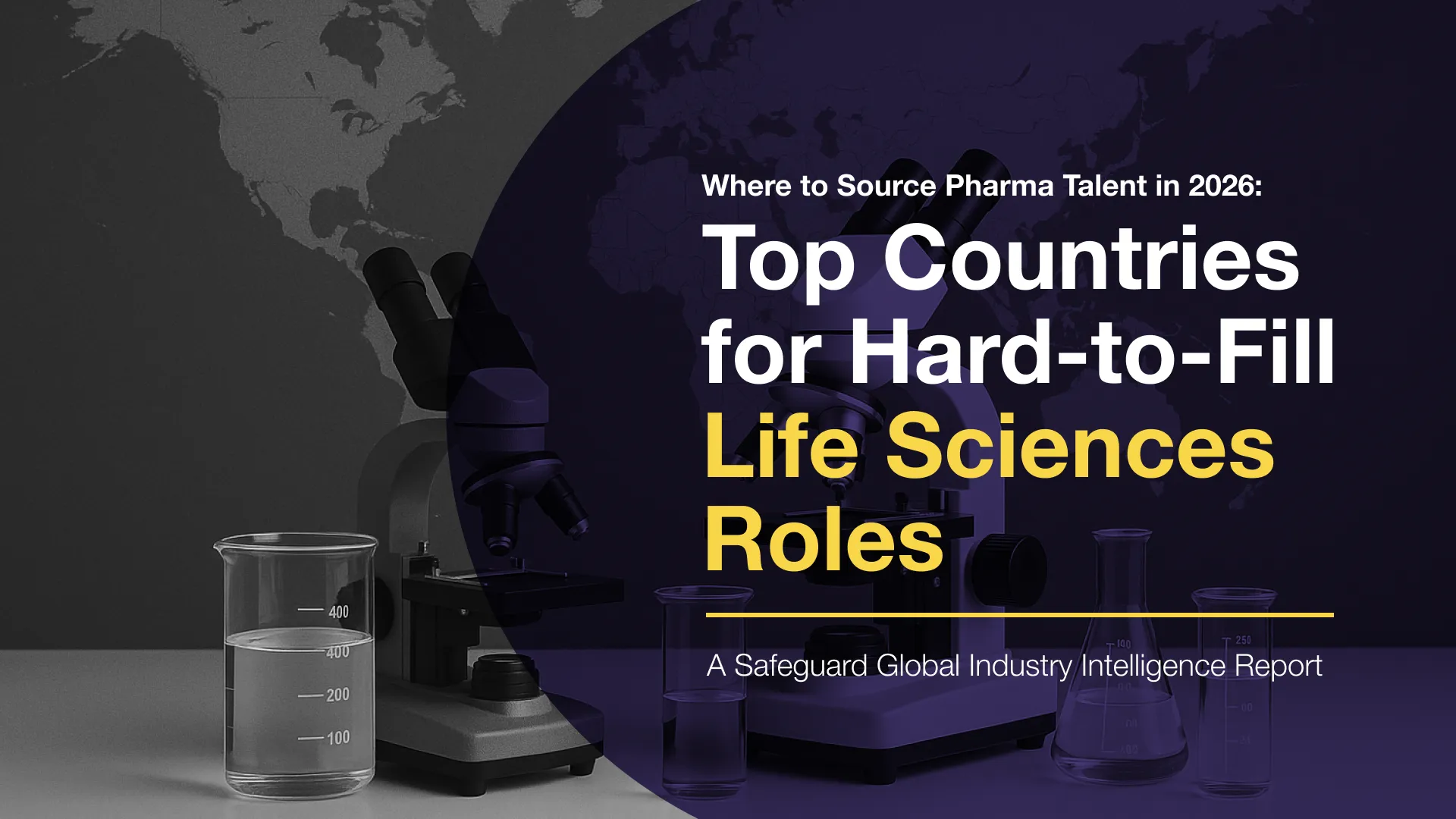

Where to Source Pharma Talent in 2026: Top Countries for Hard-to-Fill Life Sciences Roles
A practical guide for global hiring in the life sciences sector

TRUSTED BY 1,500+ GLOBAL ORGANIZATIONS













“Pharma teams across the globe are seeking to understand where to hire, how different scenarios will impact growth, and what strategies best align workforce costs to revenue. With this report, we’re giving HR leaders clear, market-by-market intelligence to source hard-to-find roles and build teams that outperform goals.”
Wanda Prewitt, Chief Operating Officer, Safeguard Global
Is your pharmaceutical company thinking about a merger or acquisition, setting up its own entity, or hiring professionals outside your own country? Start with this report.
Pharmaceutical organizations continue to expand, innovate, and enter new markets even when economic conditions shift. As scientific breakthroughs accelerate and next-generation therapies move through development, demand for specialized skills continues to rise. Many companies are now looking beyond their home countries for professionals who can support drug discovery, clinical operations, regulatory compliance, and advanced manufacturing. In this environment, knowing where to find life sciences talent is an important element of long-term workforce planning.
If your organization is preparing for an acquisition, evaluating entity setup, or planning to hire life sciences professionals in another country, this report provides a clear starting point. It outlines global markets that can support complex and hard-to-fill pharma roles and helps leaders understand how conditions vary across regions.
What’s inside the Pharma Talent report
This report focuses on five clusters of roles that pharmaceutical companies routinely struggle to hire for:
- Machine learning engineers and data scientists
- Quality engineers, quality assurance specialists, and validation engineers
- Bioprocess, process development, and automation engineers
- Clinical pharmacologists, biomarker leads, and translational scientists
- Clinical project managers and clinical operations leads
These roles exist across many countries, but availability, experience, and local infrastructure differ widely.
The findings reflect contributions from Safeguard Global’s in-country HR and recruiting experts; data from Intelligent Workforce, our AI-enabled workforce optimization platform; and extensive internal research. Together, these sources offer a practical picture of where life sciences talent is growing and what conditions shape each market.
What you’ll learn
Locating scientific or technical expertise is only one part of global workforce planning. HR, finance, and operations leaders must also understand the broader factors influencing hiring. The report provides guidance on key considerations, including:
- Level of specialization and maturity within the local life sciences workforce
- Language proficiency and support for cross-functional collaboration
- Academic and research ecosystems that strengthen talent supply
- Government investment and policies shaping biotech and pharmaceutical development
- Regulatory requirements that may affect employment, payroll, or operational processes
- Labor costs and competitiveness within local markets
The weight of these factors varies by organization. Some companies prioritize deep scientific capability. Others focus on cost efficiency or manufacturing strength. Understanding these differences helps leaders choose the regions that best align to their goals.
A world of emerging and established talent sources
The report highlights both established hubs and emerging regions that offer meaningful opportunities for sourcing pharma talent. Some countries provide large pools of data scientists and AI-focused specialists; others have strong quality, validation, or bioprocessing expertise. Several markets also benefit from expanding R&D ecosystems that are producing new generations of clinical and scientific professionals.
These insights can help leaders identify where talent for new therapies, digital transformation, or expanded clinical programs is most accessible. Organizations that consider a wider set of markets often uncover hiring opportunities they may not have explored previously.
Why this matters for global expansion
Hiring across borders introduces complexity, especially in the life sciences sector. Each country has its own mix of labor regulations, cultural expectations, compensation norms, and compliance requirements. These factors influence hiring timelines, onboarding processes, and long-term workforce stability.
By understanding how each market functions, organizations can reduce risk and make more informed decisions about where to invest. Whether workforce plans involve Entity Setup support or an Employer of Record solution, having a clear view of the global talent landscape supports stronger, faster, and more confident decision-making.
Start exploring top talent markets for life sciences roles
Life sciences skills exist in many regions, but identifying the best markets for your hiring needs requires context. This report brings together market data, Workforce Intelligence, and insights from in-country experts to help leaders navigate the complexities of global hiring.
Download the report to explore the countries that offer strong potential for sourcing specialized pharmaceutical talent and to better understand the factors that shape effective global workforce strategies.
Frequently Asked Questions (FAQs)
Want to read the full press release?
You can read it in detail here



















